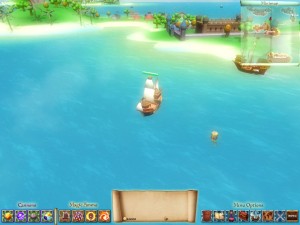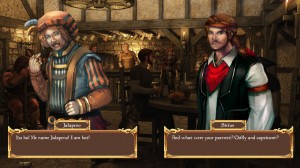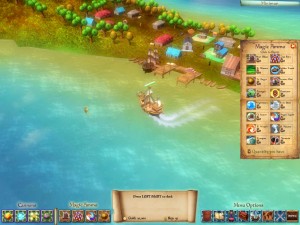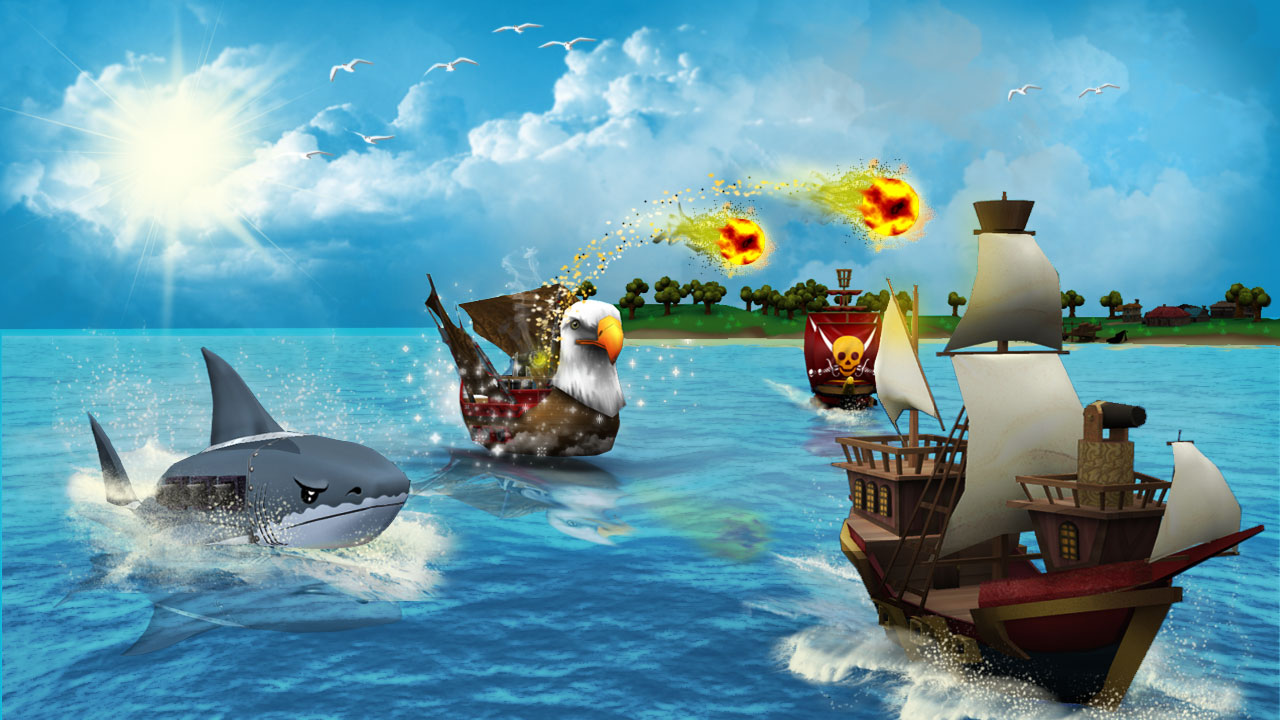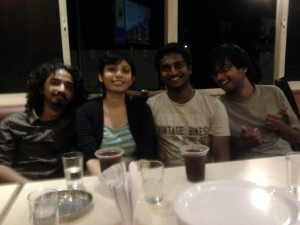How to create the best tutorial for your game?
While I had been designing games for our company, I thought of doing a bit of research and finding the best tutorial for our games. But it turns out that it isn’t easy.
The first 5 minutes into the game: I have often heard from experienced developers that the first 5 minutes are very crucial in selling one’s game to the player. How gripping and engaging it is will decide whether the player will buy it or further play it or not. Now while there are a number of things that influence the conversion ratio, the tutorial plays a very important part too. If the player is unable to grasp the game controls or utilize it to his advantage, chances are high that he will abandon the game.
Now, there are various ways to teach the player about the whereabouts of the game play. Let us explore some games and their tutorials before we find the one which suits our needs.
1. The “Figure it out yourself” type: These sort of traditional games do not have any tutorial. Popular examples are Mario, Megaman, etc. Those games had very simple controls and the games visuals conveyed the idea as to what kind of game play it has. Player could immediately connect with the game and press various keys to figure out how to move or do anything with the character.
Pros: Simplicity, no annoying pop ups, player can immediately start the game.
Cons: New players who are not used to playing games might get frustrated. Figuring out which key press would work can become annoying if traditional move/shoot keys like W,A,S,D or arrow keys, space bars, etc are not employed in the game.
2. The “bare essential” type”: Games using traditional controls with a little bit of variety usually have a small, non intrusive, in- game tutorials depicted within the first level of the game. Examples are The Binding of Isaac, etc. The objective is to let the player play around and get into the game before the stuff gets serious.
Pros: Simple and straightforward instructions, no room for confusion.
Cons: None.
3. The “In-game help” type: For advanced games, this sort of tutorials come in handy. The game introduces the controls to the player by pointing out the clickable buttons on the User Interface, HUD, game area, etc. Examples are like Ranch Rush, Final Fantasy 13, etc.
Player is prompted to do certain actions in the first level to get accustomed with the controls. The game does not proceed if the player has not completed the action. Once that action is performed, another set of actions are introduced for the player to do. Some times, player is taught only a few actions for the basic controls and the advanced ones are taught in the later levels of the game when the situation arises.
Pros: Hand holding the player so that he doesn’t lose interest in figuring things out, rewarding him for performing correct actions, performing the controls makes player remember them.
Cons: If too many controls are taught without letting him practice, player might forget them. Linearity and predictability in game as player isn’t allowed to proceed until certain actions are completed.
4. The “advanced in-game help” type: This is an extended version of the above. Here the player is taught the actions all at once in the first level, step by step. But he is allowed to practise it for a couple of times before the next one is introduced. This is good for games with complex combos. Examples can be found in Devil May Cry 4, etc.
The tutorial information appears as one pop up and then a text or button is highlighted on the HUD. Player is prompted to perform that action using the buttons specified more than once. Until he is able to do that action that many number of times, he has to keep trying. Once that is done, the next action tutorial pop up shows up.
Pros: Practising it over and over again makes it easy to remember.
Cons: Inability to perform an action makes the game not proceed further which can be frustrating.
5. The “spoon feeding” type: This is by far the most annoying and ’shove-it-in-your- face’ type of tutorials with hundreds of pop up cropping in between the game. Examples can be found in Farmville or similar facebook games. A pop explains all the controls in one screenshot and expects player to remember the sequence. While getting it done correctly can be really helpful, hundreds of pop ups coming up while I am doing something can be very irritating.
Pros: You get an overall picture of the game objective along with the controls.
Cons: Annoying pop ups and too much information fed at once.
Now coming back to our discussion, most of these tutorials are sometimes overlapped with each other for optimizing user understanding. Familiar genres of games do not require elaborate tutorials as those genres are well known and played by the common gamers.
Choosing the best tutorial for your game-
- Game complexity- How simple are your game controls? Does it require only four keys to play it or more? If the game uses a couple of traditional keys for controls, using tutorial type 1 or 2 is best. Putting too much obvious information in such games can take away the challenge and fun factor from it.
- Levels/Modules/Parts- Does the first level/dungeon/part of the game uses all the game controls? Or does it requires only the basic moves from player? Introducing tutorial step by step does not overwhelm player with information and allows him time to get the feel of the game while mastering the basic movements. Introducing only the first few moves in the first level and gradually bringing them in other levels helps player learn things efficiently without losing focus from the game play.
- Learning curve difficulty: How difficult are the controls to understand or manipulate? Does it require practise a number of times? Does the player lose if he is unable to use the controls efficiently? If the controls require complex combos, point 4 type of tutorial can be used.
For now, this is all I could think of. I might add some more pointers when I find any.

